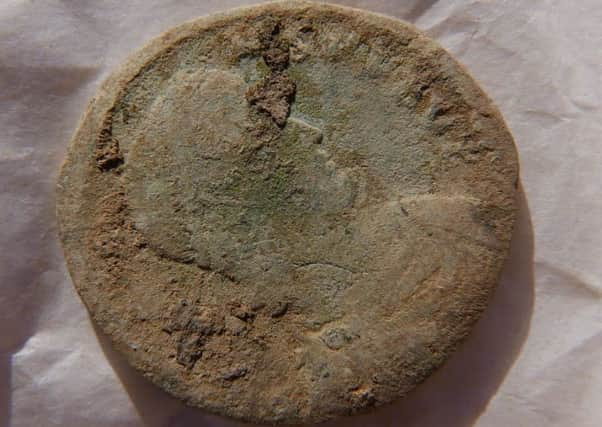Rare Roman coin found at Orkney dig site


Archaeologists unearthed the ancient copper alloy coin during a dig by teams working at the eroding beach at Swandro.
It is believed to date from the mid-4th Century AD and was found at the site of a small roundhouse.
Advertisement
Hide AdAdvertisement
Hide AdThe Swandro site consists of a Neolithic chambered cairn, surrounded by a multi-period settlement mound with over a millennium of occupation — from the Middle Iron Age to the Norse period.
Dr Steve Dockrill, co-director of the project at the Swandro site, said: “The bust on the coin is clearly visible although much of the lettering isn’t at present clear.
“The reverse contains a standing figure, possibly representing the emperor with what might an image of Victory at the side.”
The find has excited experts as the Romans did not occupy Orkney. At its height, the Roman Empire extended as far as the Antonine Wall on the Scottish mainland.
A Neolithic chambered tomb, Iron Age roundhouses and buildings from the ancient Pictish civilization are located at Rousay’s Rowe of Sandro archaeological site.
The dig is being undertaken by the University of Bradford, which is participating in the research project with the University of Highlands and Islands.
Other finds at the Rowe of Sandro have been dated to around the second and fourth centuries.
Just seven other Roman coins have been found on the Scottish Islands, as well as a Roman brooch and pieces of pottery.
Researchers last month found 25 wooden ink documents at the Roman fort of Vindolanda just south of Hadrian’s Wall in Northern England.
